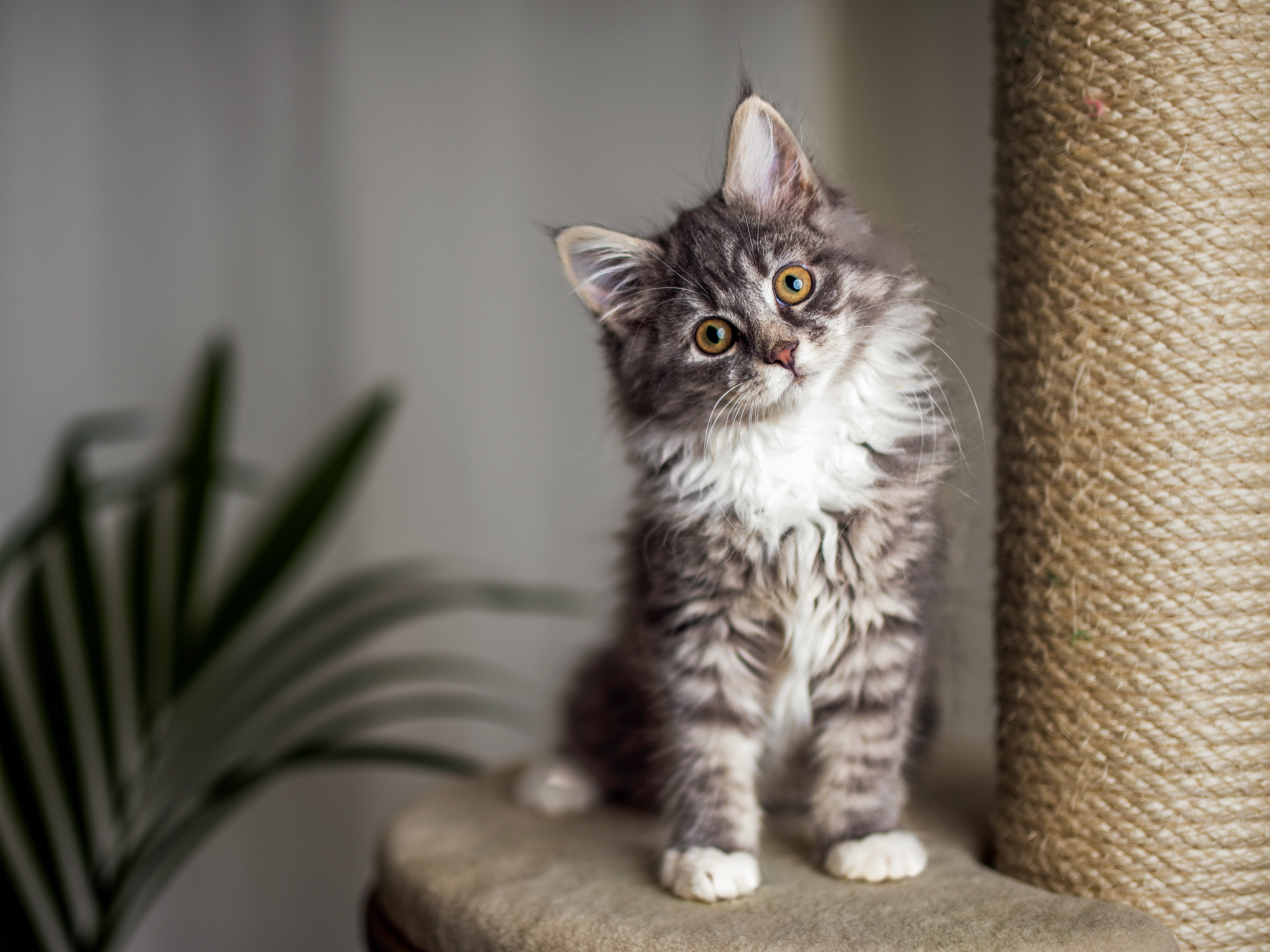How to train a kitten
Your kitten learns in two different ways: it starts by imitating its mother’s actions and learning through new experiences and positive reinforcement. While kittens are more independent than puppies, it’s important to train them to adopt the right behaviour from an early age and learn the rules of sharing a home with other people and animals.
Why train your kitten?
How to train your kitten to recognise its name

- Choose a short name without too many syllables. This will make it easier for your kitten to recognise
- Call your kitten by their name for feeding or play, and repeat their name during the activity. This positive reinforcement will help your cat to recognise the name
- Try not to repeat the name when punishing your kitten as this will give the name a negative connotation
- Say your kitten’s name and then immediately give them a treat
- Or say their name and roll them a paper ball
- Kittens are often more responsive when they are hungry. So try these exercises before mealtime.
How to train your kitten to use a litter tray
Most kittens learn the basics of toilet training by watching their mother. However, if you kitten doesn’t know how to use a litter box, it will be your job to show them what to do. Toilet training your kitten before they get into bad habits can save them and you considerable anxiety and stress.
Why does my kitten not use their litter box?
There are a number of reasons why your kitten might not want to use their litter box. Here are some of the most common to watch out for:
Cleanliness
It's important to clean your kitten's litter box on a daily basis, remove strong odours and add fresh cat litter
Size
The litter box may be too small and your kitten is not comfortable using it
How to train a kitten to use a scratching post
Kittens instinctively like to sharpen their claws. To help them do that without causing damage to furniture, it’s a good idea to invest in a scratching post and train your kitten on how to use it, when they first come into your home.
Why doesn’t my kitten use their scratching post?
Kitten socialisation
Socialisation should start as early as possible, to avoid any unwanted behaviours and help them develop into confident, even tempered adult cats. Find out how you can socialise your kitten.
Kitten Growth Program
Discover our ROYAL CANIN® Kitten Growth Program, a 3-stage feeding program created for all kittens up to one year old to feed their specific needs.